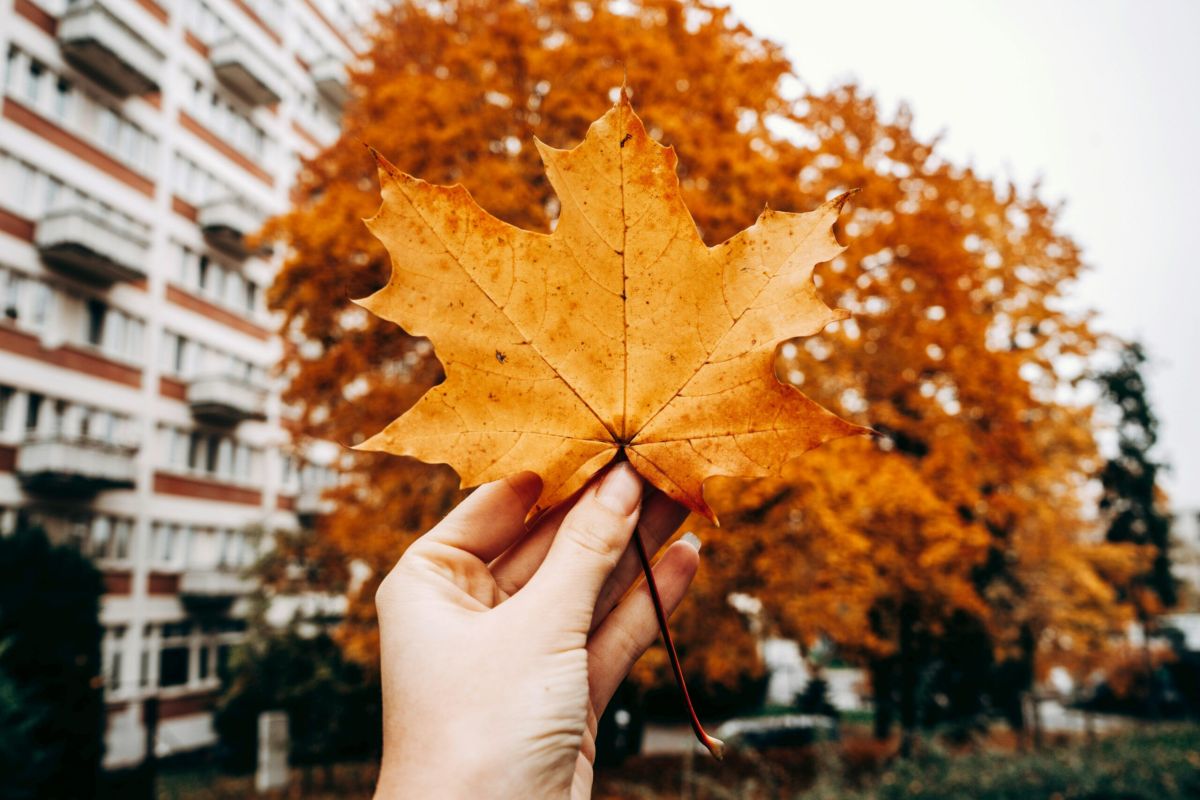How using the non-dominant hand in everyday activities enhances mindfulness and presence

Mindfulness and the techniques taught in MBSR (Mindfulness-Based Stress Reduction) courses can be an effective way to return to the present moment and improve your ability to manage stress. One practical exercise that you can easily learn and incorporate into your daily life is using your non-dominant hand for common tasks such as brushing your teeth, buttoning your shirt, turning on the stove or locking the door, etc. This simple practice will help you slow down, increase concentration and to be more in the present moment.
Why use the non-dominant hand?
Most of the day we act automatically without paying attention to what we are doing. For example, when brushing our teeth with our right hand or buttoning a shirt, our mind often wanders and we think about the past or the future. By using your non-dominant hand, you will have to think more about what you are doing as the activity will require more concentration.
Using the non-dominant hand activates different parts of the brain than those normally involved in automatic actions. This simple change will bring you back to the present moment and increase your mindfulness. In addition, regular exercise with the non-dominant hand can promote cognitive development and brain neuroplasticity.

How to practice mindfulness with the non-dominant hand in everyday life
Here are some concrete ways to incorporate this practice into your day:
- Brushing: Most people brush their teeth automatically without paying attention to the hand movements or the sensation in the mouth. Try using your non-dominant hand and focus on each brush movement. Notice how it feels to use the hand you don’t normally use and how your mind reacts to this change.
- Buttoning a shirt or jacket: When putting on clothes, try buttoning them with your left hand if you’re right-handed, or with your right hand if you’re left-handed. Be aware of how your hand moves, how your fingers feel, and how the fabric feels. This exercise forces you to slow down and focus on a simple task that you would otherwise do without thinking.
- Turning on the stove or other appliance: When cooking, try turning on the stove or using a kitchen utensil with your non-dominant hand. This simple step requires more attention, which helps you stay present and aware of every moment of cooking.
- Locking the door: Be aware of how you usually lock the door when you leave the house. Try using your non-dominant hand this time. Become aware of how it feels to turn the key, how it feels in your hand, and consciously experience this common action.
Using your non-dominant hand will naturally bring you back to the present moment, as everyday activities that would otherwise take place without thinking require more of your attention. This technique is a simple but effective way to develop mindfulness and train your ability to concentrate.
Benefits of using the non-dominant hand for mindfulness and MBSR
Involving the non-dominant hand in daily activities has several significant benefits. Regular practice will help you:
- Increase mindfulness: By paying more attention to ordinary activities, you will be more receptive to what is happening right now. Mindfulness is a key skill taught in MBSR courses to manage stress and improve overall well-being.
- Improve focus and concentration: Using your non-dominant hand forces you to be more present and focused on the task at hand. In this way, you train your ability to concentrate, which can be useful not only in everyday life, but also in work or study.
- Promote neuroplasticity of the brain: By activating different parts of the brain when using the non-dominant hand, you promote neuroplasticity, which is the brain’s ability to adapt and make new connections. This process is key to maintaining a healthy brain and improving cognitive function.
- Reduce stress and anxiety: By slowing down and focusing on the present moment, you can reduce your stress and anxiety levels. Mindfulness helps us better manage everyday stressors and brings peace to our lives.
Using the non-dominant hand in everyday activities is a simple and practical technique that promotes mindfulness and increases our ability to be in the present moment.
If you are interested in deepening your mindfulness skills, consider taking an MBSR course. These mindfulness courses will provide you with tools and techniques to improve your daily practice and teach you how to better manage stress and achieve greater balance in life.



